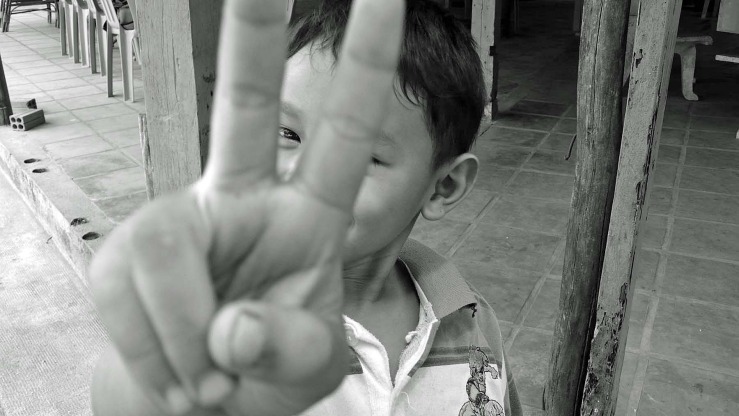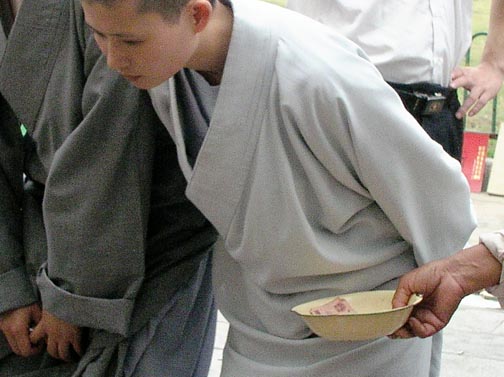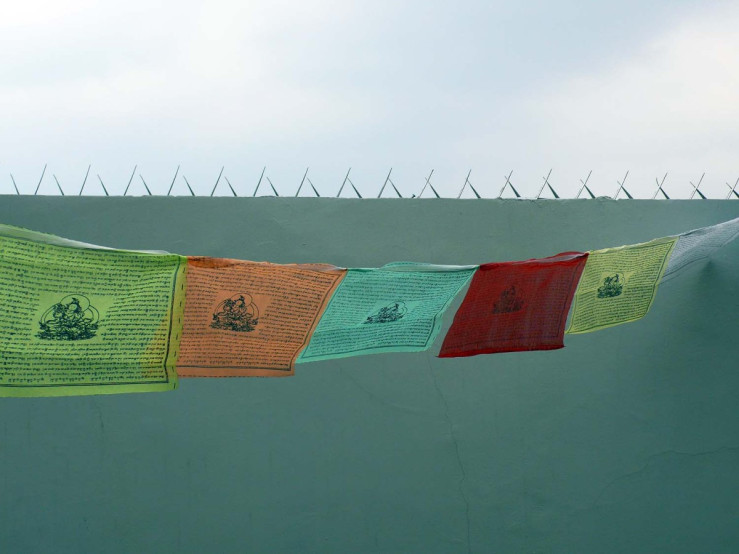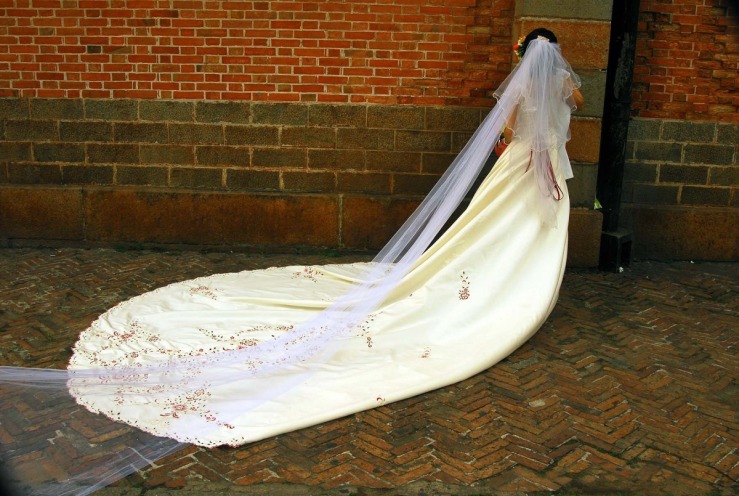SPIRAL
Greetings,
In Hue, Vietnam the Healing The Wounded Heart Shop has colorful woven baskets. Baskets from Nepal are made of recycled plastic food snack wrappers. Brilliant reds, greens, blues, all the hues.
Shop with your heart. Shop to give back.
The Spiral Foundation is a non-profit humanitarian organization working in Nepal and Vietnam.
Spiral. Spinning Potential Into Resources And Love. At the SPIRAL workshop in Hue they make bowls using discarded telephone wires. They work with the Office of Genetics and Disabled Children at Hue Medical College.
All net proceeds from the handicraft sales are returned to Vietnam and Nepal to fund primary health care, medical and educational projects. Projects employ 1,000 participants with fair hourly salaries not based on piece work. Projects have provided for more than 250 heart surgeries and treatments for children with life threatening diseases.
SPIRAL raised $82,000 in 2010.
Metta.
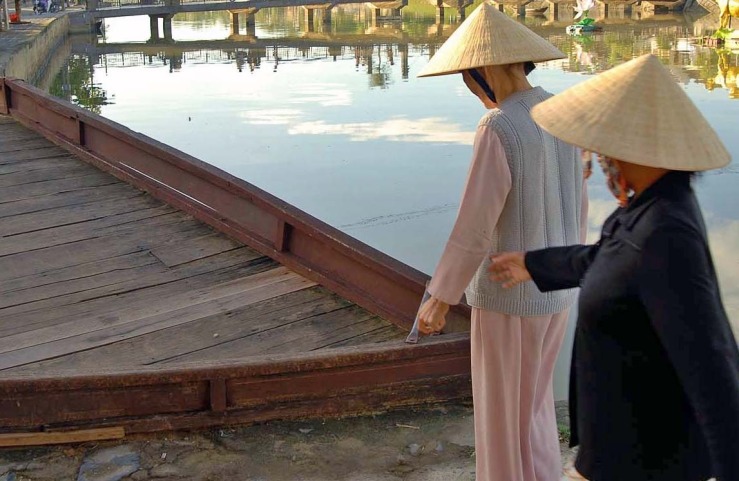
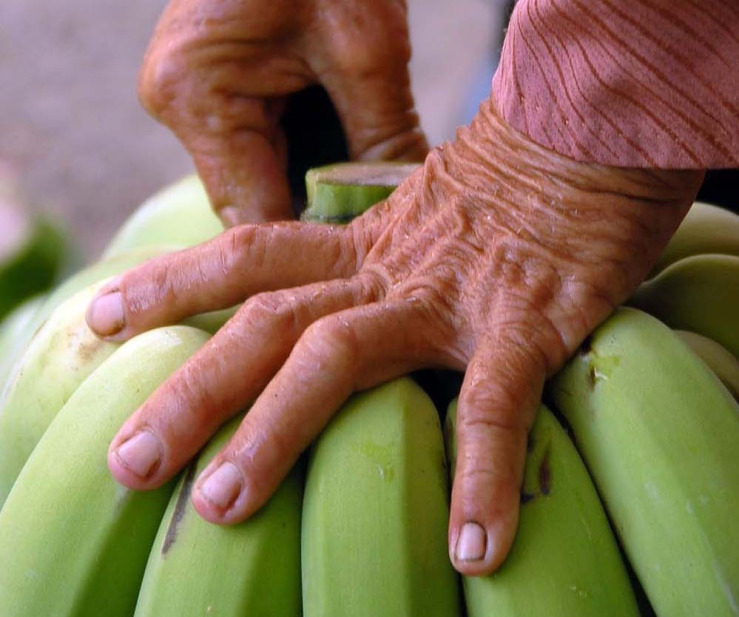






 Share Article
Share Article 
